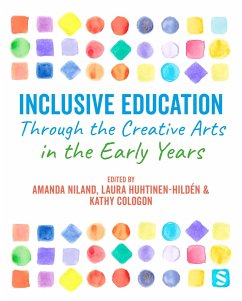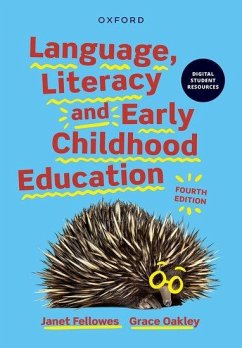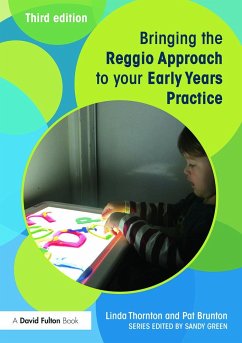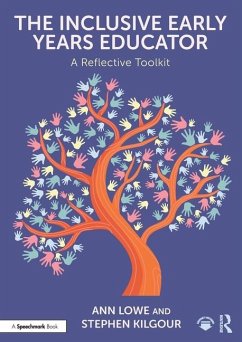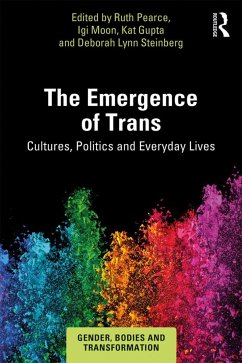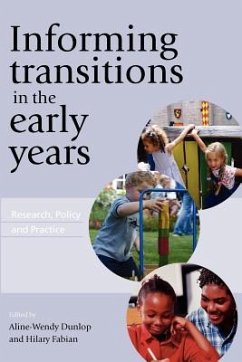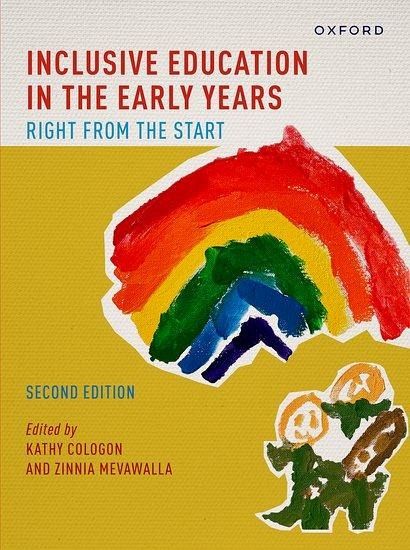
Kathy Cologon (Senior Lecturer and Senior Lecturer Researcher andZinnia Mevawalla (Lecturer, Lecturer, University of Strathclyde)
Broschiertes Buch
Inclusive Education in the Early Years
Right from the Start
Versandkostenfrei!
Versandfertig in über 4 Wochen

PAYBACK Punkte
28 °P sammeln!




An essential resource that will assist early childhood tertiary students and practitioners to critically understand and actively engage with the inclusion for all children.
Kathy Cologon is a Senior Lecturer and Researcher in Inclusive Education at Macquarie University. Zinnia Mevawalla is a Lecturer in Early Years Education at University of Strathclyde, Glasgow.
Produktdetails
- Verlag: Oxford University Press Australia
- 2 Revised edition
- Seitenzahl: 600
- Erscheinungstermin: 18. Juli 2023
- Englisch
- Abmessung: 189mm x 256mm x 25mm
- Gewicht: 1146g
- ISBN-13: 9780190337230
- ISBN-10: 0190337230
- Artikelnr.: 70204690
Herstellerkennzeichnung
Libri GmbH
Europaallee 1
36244 Bad Hersfeld
gpsr@libri.de
Für dieses Produkt wurde noch keine Bewertung abgegeben. Wir würden uns sehr freuen, wenn du die erste Bewertung schreibst!
Eine Bewertung schreiben
Eine Bewertung schreiben
Andere Kunden interessierten sich für


